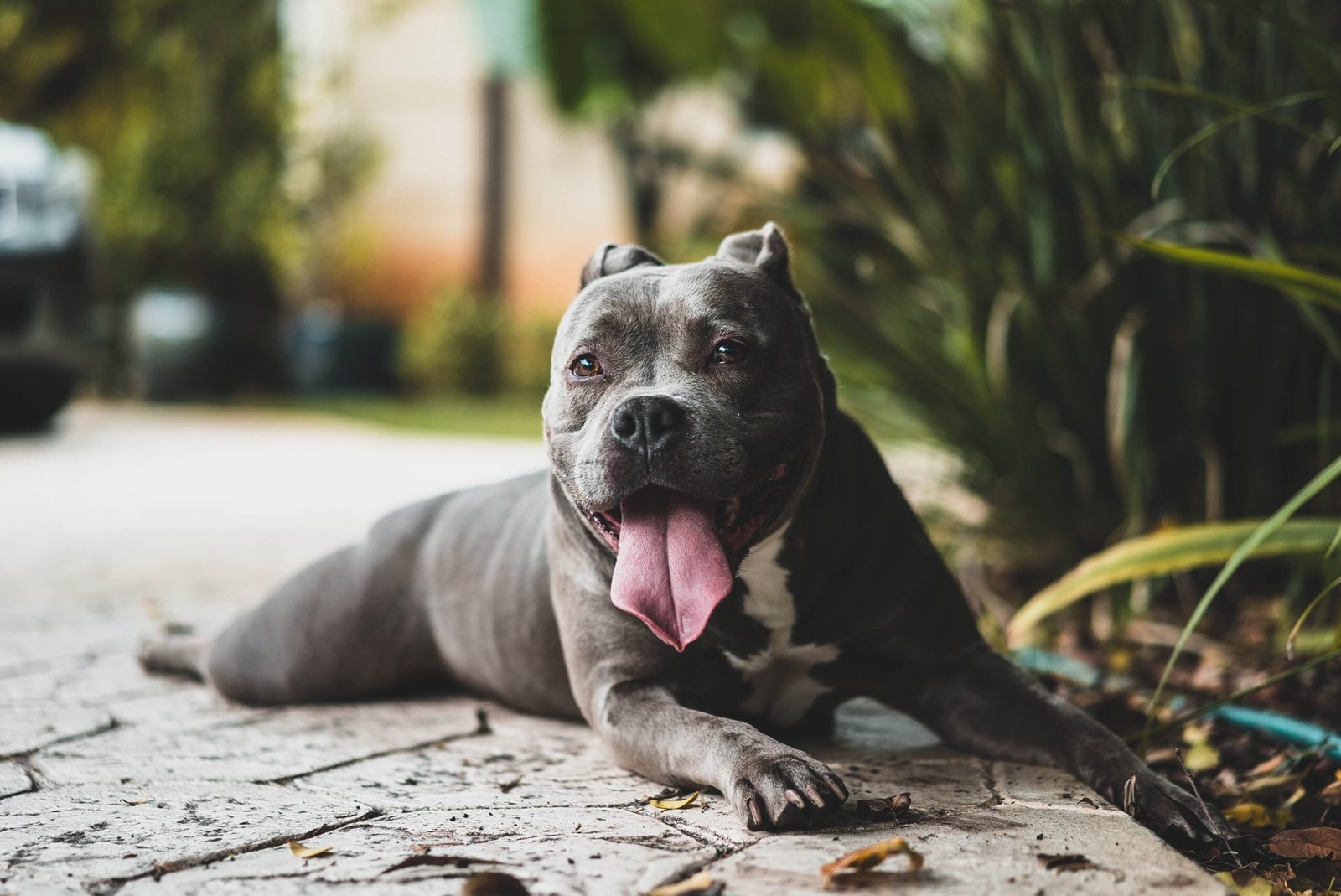
As pet parents, we adore our furry companions, but accidents happen. Common health issues and injuries can catch us off guard. Knowing how to administer first aid is crucial. From cuts and scrapes to upset tummies, being prepared can make all the difference.
Stay calm, assess the situation, and act swiftly to ease your pet’s discomfort. Learning basic first aid can empower you to handle emergencies confidently. With a few simple steps, you can clean wounds, bandage effectively, and provide comfort until professional help arrives.
Remember, quick action can be a lifesaver. So, let’s explore some common pet health concerns and learn how to be a superhero for our beloved four-legged friends!

Common Injuries and Health Conditions That Pets Suffer
Being prepared and knowing how to react can save your pet’s life in times of crisis. Your furry friend will be grateful for your quick action and care! Remember, first aid is just the initial response.
Always contact your veterinarian after administering first aid to ensure proper follow-up care. While these tips can help in urgent situations, they don’t replace professional medical advice.
- Cuts and Scrapes: Pets are curious creatures, and small cuts or scrapes can happen during their adventures. Clean the wound gently, apply pressure to stop bleeding, and cover it with a clean bandage.
- Choking: If your pet is struggling to breathe, check their mouth for any foreign objects. If you can see and reach the obstruction, try to remove it carefully. Perform pet-specific Heimlich manoeuvre if necessary.
- Heatstroke: On hot days, pets can overheat quickly. Move them to a cool area, offer water, and wet their fur with a damp cloth to lower their body temperature.
- Poisoning: Pets can accidentally ingest toxic substances. Call your vet immediately and follow their advice for inducing vomiting (if applicable) before seeking professional help.
- Fractures: If your pet has a suspected broken bone, stabilize the affected area with a makeshift splint and carefully transport them to the vet.
- Burns: Pets may get burned from hot surfaces or chemicals. Flush the burn with cool water for 10 minutes and cover with a clean cloth before going to the vet.
- Seizures: During a seizure, ensure your pet’s safety by removing nearby objects. Time the seizure’s duration and keep them calm until they regain consciousness.
- Insect Stings and Bites: Remove the stinger if present and apply a cold compress to reduce swelling. Watch for signs of an allergic reaction and contact your vet.
- Cuts to Paw Pads: If your pet’s paw pad is injured, clean it with mild soap, apply an antiseptic, and protect it with a sterile bandage.
- Eye Injuries: If your pet’s eye is irritated or injured, avoid touching it and seek immediate veterinary attention to prevent further damage.

15 Crucial First Aid Tips for Pet Owners
As responsible pet owners, knowing how to administer first aid can make all the difference in critical situations. Here are 15 additional crucial first aid tips to keep your furry friends safe and well-cared for during emergencies.
- Stay Calm: In emergencies, your pet needs you to be cool and collected. Take a deep breath and focus.
- Know Your Vet’s Contact: Keep your vet’s number handy for quick access during urgent situations.
- Address Breathing Difficulties: If your pet struggles to breathe, check for obstructions and perform pet-specific CPR if needed.
- Stop Bleeding: Apply gentle pressure to wounds with a clean cloth or bandage to control bleeding.
- Handle Fractures with Care: Immobilize broken bones using splints before heading to the vet.
- Manage Poisoning Incidents: Call the vet immediately, and don’t induce vomiting without professional advice.
- Tend to Burns and Scalds: Cool the affected area with water, and use a clean cloth to cover the burn.
- Seizure Support: Remove hazards, stay calm, and monitor the duration of the seizure before consulting your vet.
- Insect Stings and Bites: Remove stingers, apply cold compresses, and watch for signs of an allergic reaction.
- Eye Injuries: Avoid touching the eye, shield it with a cloth, and see the vet promptly.
- Dealing with Heatstroke: Move your pet to a cool area, offer water, and wet their paws and ears to help lower their body temperature.
- Handling Allergic Reactions: If your pet shows signs of an allergic reaction (e.g., swelling, hives), seek veterinary attention promptly.
- Paw Pad Injuries: Keep your pet’s paws clean, and apply an antibiotic ointment to minor cuts or cracks.
- Nosebleeds: Keep your pet calm, apply a cold compress to their nose bridge, and contact your vet.
- Severe Bleeding: If bleeding is profuse, use a tourniquet only as a last resort and ensure professional care as soon as possible.
Must-Have Things in Your First Aid Kit
Having a well-stocked first aid kit for your pets is essential. Here are ten must-have items to include:
- Gauze Pads and Rolls: Ideal for dressing wounds and covering cuts or scrapes.
- Adhesive Tape: Secures bandages in place without harming your pet’s fur.
- Antiseptic Wipes/Solution: To clean wounds and prevent infection.
- Hydrogen Peroxide: Can be used to induce vomiting if advised by your vet for poisoning incidents.
- Tweezers: For removing splinters, ticks, or debris from your pet’s skin.
- Scissors: Handy for cutting gauze, tape, or other materials as needed.
- Muzzle or Cloth: In case your injured pet becomes distressed and may bite.
- Instant Cold Pack: To reduce swelling or cool down heatstroke-affected pets.
- Saline Solution: Rinse eyes or clean wounds gently without causing irritation.
- Contact Information: Keep your vet’s number, an emergency clinic, and local animal control in the kit.

Conclusion
By having a well-stocked first aid kit and knowing how to respond in emergencies, you become your pet’s ultimate guardian. Whether it’s a cut, burn, or allergic reaction, your quick action can make a life-saving difference. Remember to stay calm, reach out to your vet, and provide comfort until professional help arrives.
Investing time in learning first aid for pets is an investment in their well-being. Being prepared empowers you to tackle any unexpected situation with confidence, ensuring your furry companions receive the care they deserve. With your love and care, you can be a superhero for your pets in times of need.
Frequently Asked Questions
What should I do if my pet is choking?
If your pet is choking, try to remove the obstruction by gently reaching into their mouth. If you can’t see or reach the object, don’t attempt blind sweeps. Instead, perform pet-specific Heimlich manoeuvre or seek immediate veterinary assistance.
Can I use human first aid supplies for my pet?
While some items like gauze and bandages may be interchangeable, it’s best to use pet-specific first aid supplies. Human medications can be dangerous for animals, so always consult your vet.
How can I keep my pet calm during first aid?
Remain composed and speak in soothing tones. Use a muzzle, if necessary, but only if your pet is conscious and able to breathe comfortably. Keep reassuring them throughout the process.
Should I induce vomiting if my pet ingests something toxic?
Never induce vomiting without consulting a veterinarian first. Some substances can cause more harm coming back up, so call your vet or a poison control centre for advice.

